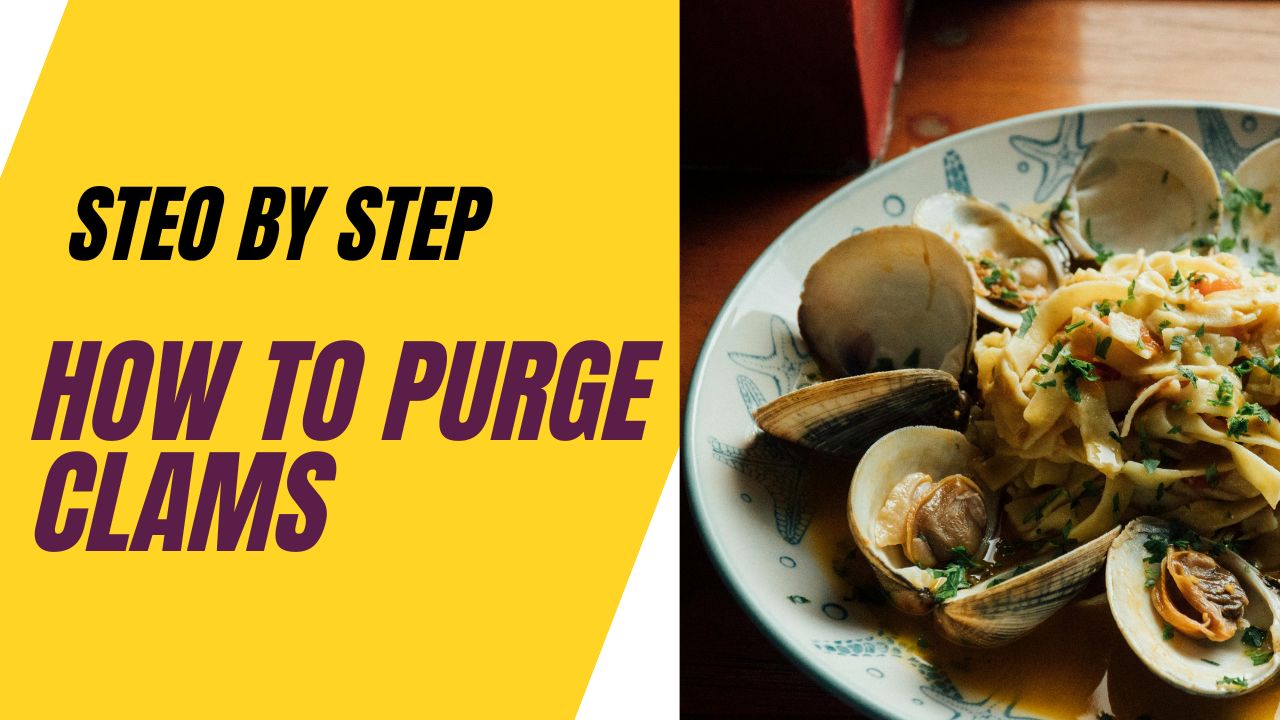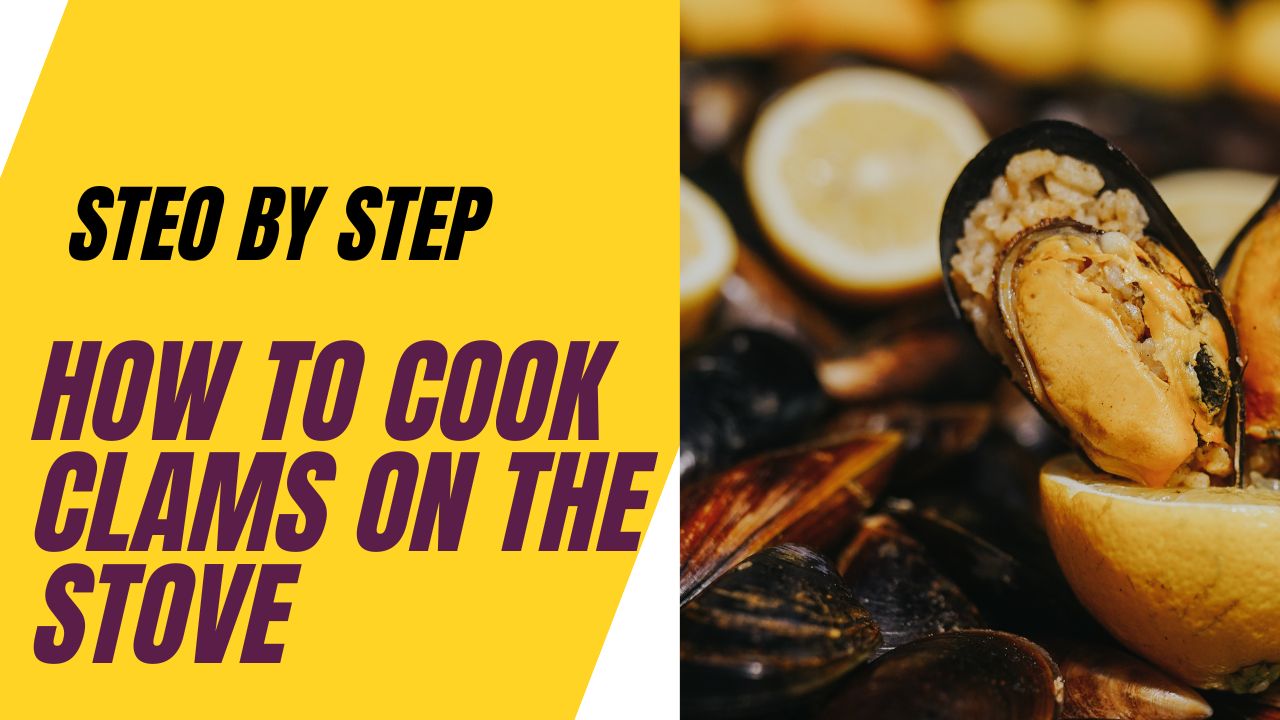Purging clams is an important step in preparing them for cooking. Purging helps to remove any sand or grit that may be inside the clam, ensuring a clean and delicious final dish. Here, we will outline a step-by-step guide on how to properly purge clams to achieve the best results.
1. Selecting the Clams:
When purchasing clams, it is important to choose ones that are fresh and alive. Look for clams that are tightly closed or ones that close when tapped lightly. Avoid clams that are open or have cracked shells, as they may be dead and unsafe to eat2. Soaking the Clams:
To begin the purging process, place the clams in a large bowl or container filled with cold water. Make sure the clams are completely submerged in the water. Add a generous amount of salt to the water, as this will help to encourage the clams to expel any sand or grit.
3. Stirring and Draining:
Gently stir the clams in the saltwater bath to help dislodge any sand or debris. Let the clams soak for at least 30 minutes, but no more than 2 hours. During this time, the clams will filter the water and push out any unwanted particles. After soaking, carefully drain the water from the bowl, being sure not to pour out the clams along with it.
4. Rinsing the Clams:
After soaking, rinse the clams under cold running water to remove any remaining salt or grit. Use your hands to gently rub the shells and ensure that they are clean. Discard any clams that are still open or have cracked shells, as they may be dead and unsafe to eat.
5. Cooking the Clams:
Once the clams have been properly purged and cleaned, they are ready to be cooked according to your recipe. Whether steamed, grilled, or added to a pasta dish, properly purged clams will result in a delicious and satisfying meal.
Conclusion
In conclusion, purging clams is a simple but essential step in preparing them for cooking. By following these steps, you can ensure that your clams are clean and free of sand or grit, resulting in a flavorful and enjoyable dish. So next time you’re cooking with clams, be sure to take the time to properly purge them for the best results.
FAQ: How to Purge Clams
Q1: Why is purging clams necessary? A: Purging clams helps remove sand, grit, and any impurities from their shells, ensuring a cleaner and tastier final dish.
Q2: How do you know if clams need to be purged? A: Clams typically need purging if they are gritty or if they have been harvested from sandy areas. It’s a good practice to purge all clams before cooking them.
Q3: How long should you soak clams to purge them? A: Soak clams in a saltwater solution for at least 20 minutes to 1 hour. Some prefer to soak them overnight for thorough purging.
Q4: What is the saltwater solution ratio for purging clams? A: Use approximately 1/3 cup of salt for every gallon of cold water. This concentration helps encourage clams to expel sand from their shells.
Q5: Can you purge clams with freshwater instead of saltwater? A: It’s best to use a saltwater solution for purging clams because it mimics their natural environment and helps them expel sand more effectively.
Q6: Should you cover clams while they soak in the saltwater solution? A: Yes, cover the container while clams soak to prevent them from escaping and to maintain a stable environment for purging.
Q7: Do you need to rinse clams after purging them? A: Yes, rinse clams thoroughly under cold running water after purging to remove any residual salt and ensure they are clean before cooking.
Q8: Can you reuse the purging water for cooking clams? A: No, do not reuse the purging water for cooking clams as it contains expelled sand and grit. Use fresh, clean water for cooking.
Q9: What should you do if clams don’t purge well? A: If clams still seem gritty after purging, repeat the soaking process or scrub each clam individually under cold running water to remove stubborn grit.
Q10: Can you skip purging clams if you’re short on time? A: It’s not recommended to skip purging clams as it may affect the taste and texture of your dish. Taking the time to purge ensures a better culinary experience.


